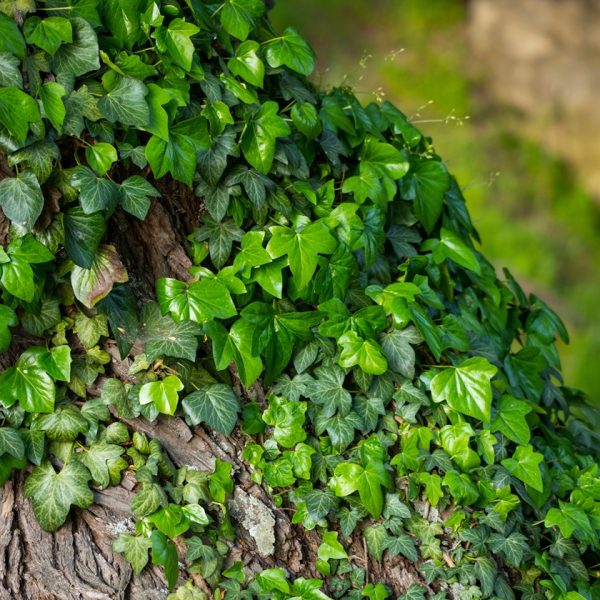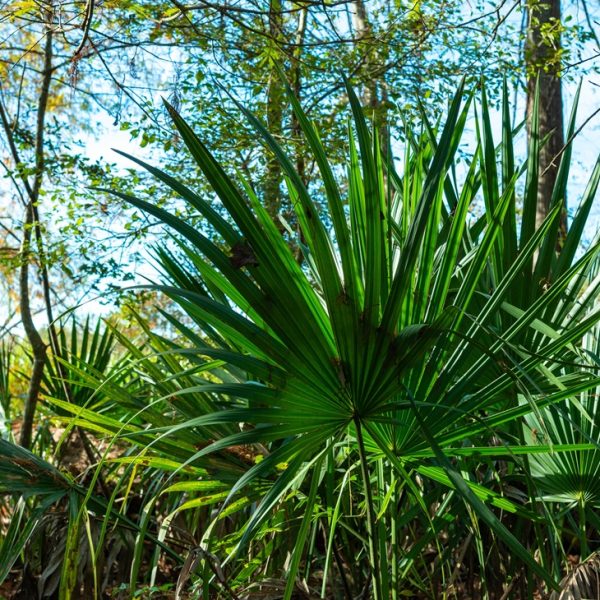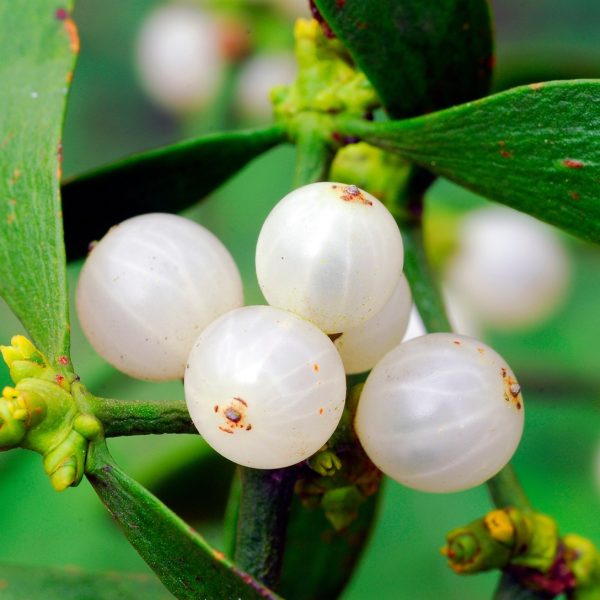Since 2002, kava — a herb native to the Pacific islands found to alleviate anxiety — has been prohibited in the UK owing to hepatotoxicity concerns. Any updates on kava regulations?
The sale of kava-kava (‘kava’) has been prohibited in the UK and much of Europe since the turn of this century. With some restrictions it remains available in Pacific countries and the USA. This article reviews what we now know about the risks and benefits of kava and makes the case for a lifting of bans.
Although the widespread restrictions on kava use have prevented much research with human subjects, there are pointers to appreciable benefits for self-prescription in mild anxiety states. Although hepatotoxic mechanisms remain unresolved the evidence has accumulated that these are rare idiosyncratic reactions that could be outweighed by benefits, with risks mitigated by regulatory controls of quality and recommendations as to use.
Background and current status of kava
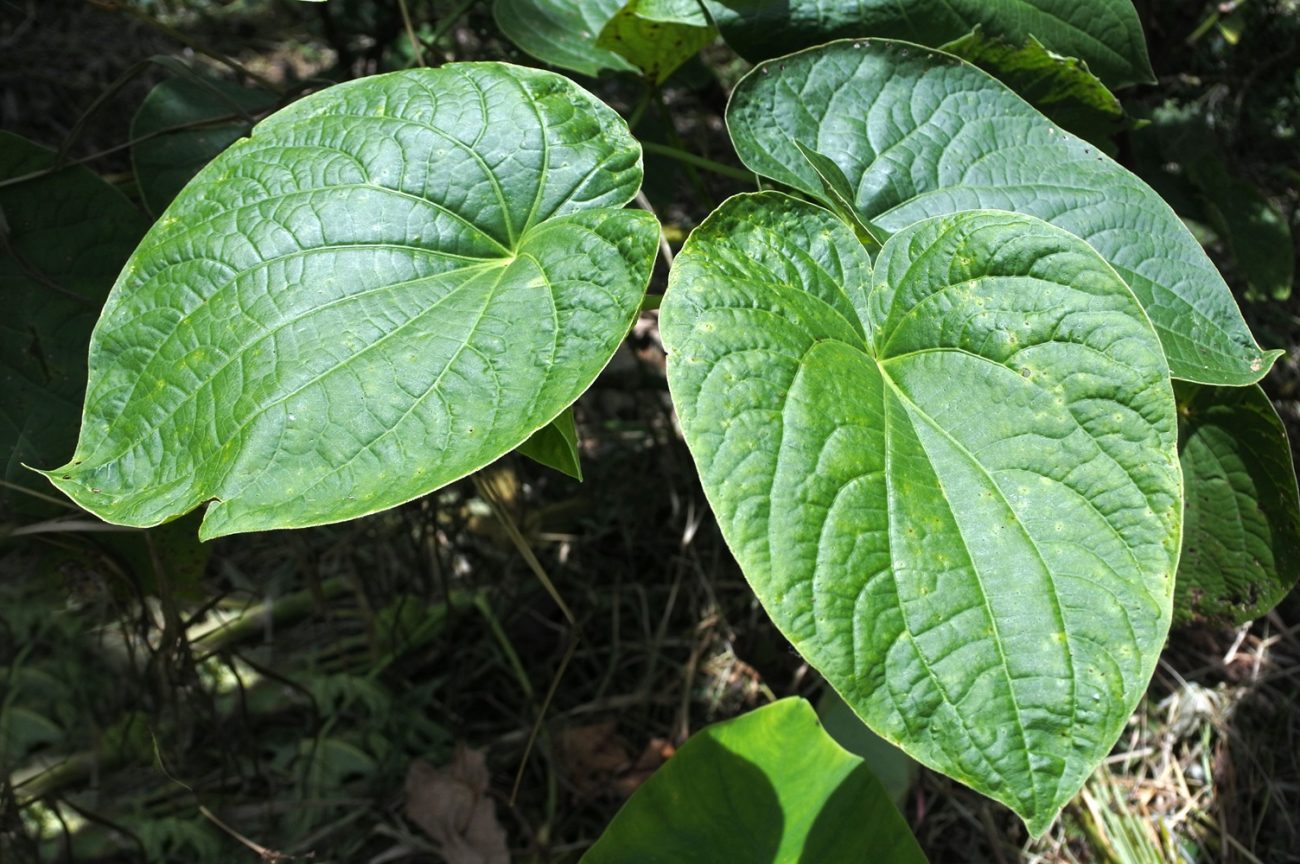
Kava-kava (Piper methysticum) is a plant whose roots and other parts have long been used in traditional medicine, and ceremoniously, in Pacific countries for its calming effects. There is modern evidence for its anxiolytic activity, suitable to the management of mild anxiety states.
Anxiety disorders are the most prevalent among disorders and are a leading cause of disability and economic inactivity. The evidence for efficacy for current over-the-counter and prescription medicines is often lacking, and adverse effects, most especially dependency and withdrawal symptoms, remain a concern for pharmaceutical medications (1).
Demand for kava as a self-prescribed anxiolytic increased through the 1990s with many products of variable quality being introduced to the UK market, most without regulatory oversight. Medicinal kava products were used elsewhere, and in Germany an estimated 350,000 annual prescriptions were written, with more than one million monthly doses (2).
Kava regulations in the UK
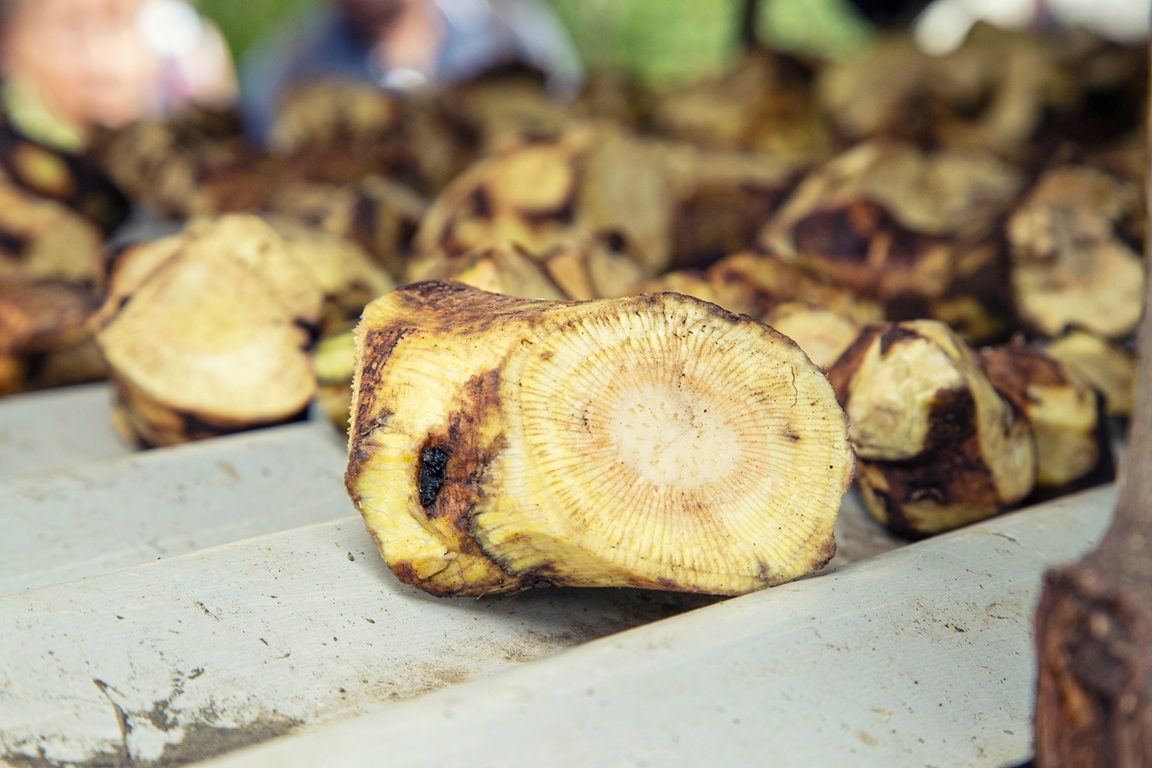
In 2001, following reports associating kava consumption with incidents of liver damage around the world, the UK Committee on the Safety of Medicines set up an Expert Working Group (EWG) to evaluate the signals. The EWG determined that, against a lack of consistent evidence of sufficient benefit, kava was associated with an unacceptable risk of idiosyncratic hepatoxicity, which could not be minimised or prevented by any regulatory measures other than the removal of kava products from the market. The Statutory Instrument, The Medicines for Human Use (Kava-kava) (Prohibition) Order 2002 followed this assessment (3). However this Order states that the prohibition shall not apply to a medicinal product which is “the subject of a UK marketing authorisation, certificate of registration or traditional herbal registration within the meaning of the Human Medicines Regulations 2012”.
Also in 2002, the UK Food Standards Agency Committee on Toxicity made a similar risk assessment in publishing its own advice on the herbal preparation of kava in foods, which led in turn to the enactment of the Kava-kava in Food (England) Regulations 2002 (4).
Under the Human Medicine Regulations 2012 and subsequent case law applying EU wide medicines legislation, it is almost certain that any future kava product permitted onto the UK market would be determined firstly as a medicinal product, with the subsequent benefit-risk assessment.
N.B. In UK and EU law, foods have no therapeutic effects or benefits, so no benefit/risk balance can apply. Food safety assessments are made without regard to health benefits.
Kava regulations in the EU
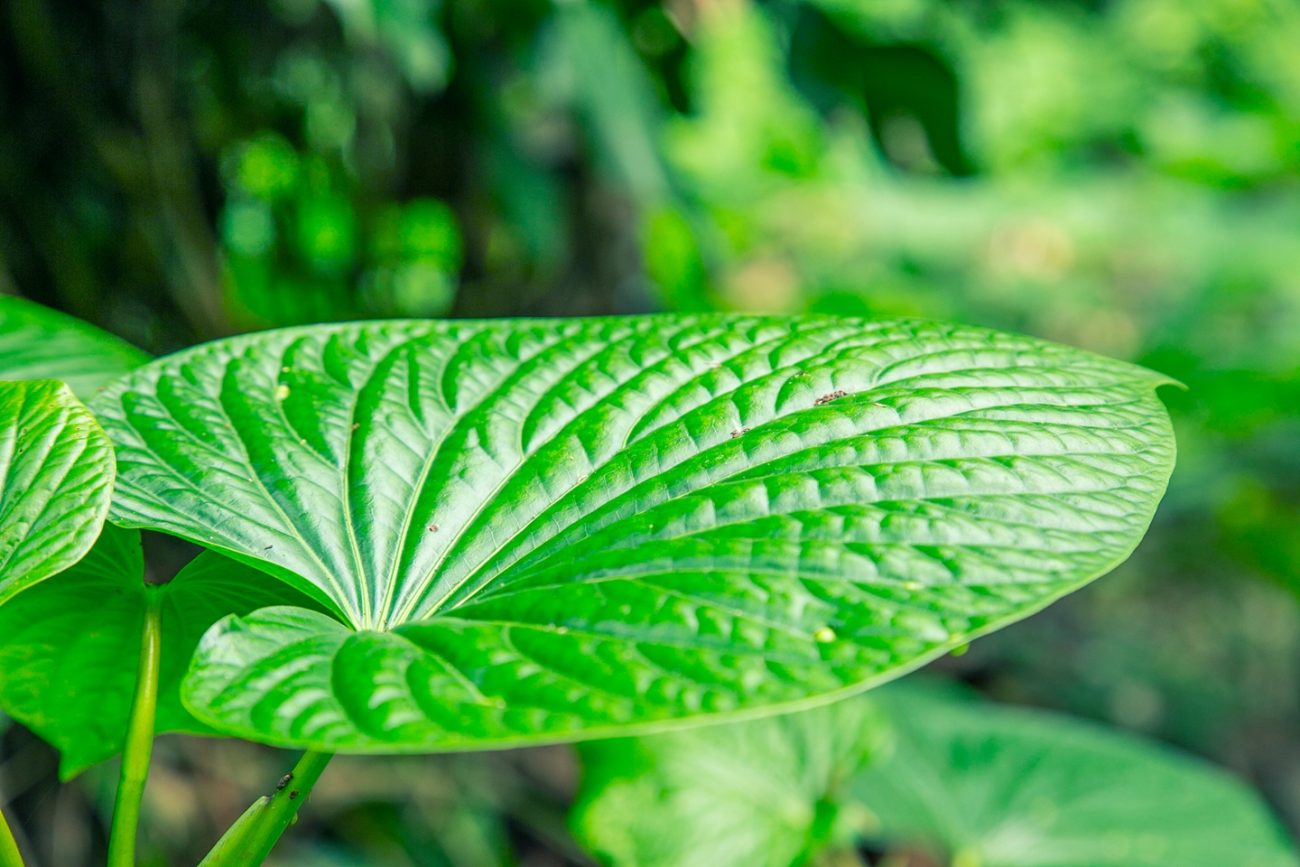
The Novel Food Regulation 2015/2283 (NFR) provides the harmonised legal framework for non-medicinal products. The NFR takes precedence over national laws in EU member states regarding the marketing of foods and supplements, so because kava has not been listed in the EU’s Union List of Novel Foods, it cannot be sold or marketed anywhere in Europe. However, enforcement is carried out by national authorities, which can lead to variable application.
France and Austria have banned kava outright on the basis of ‘legitimate concerns’ (i.e., public health) and these bans remain valid as long as they do not conflict with EU law (e.g., free trade).
In Germany, court decisions have dismissed the regulator’s ban on kava on the argument that this was disproportionate and unsupported by current evidence. The full legal implications including as an EU Member State are still being worked through the courts.
Kava regulations in the USA
In the US, kava is legally and widely sold as a dietary supplement, with ‘structure/function’ claims often implying benefits for relaxation and stress relief. In 2020 the Food and Drug Administration (FDA) published a redacted memorandum specifying that kava is not considered Generally Recognised as Safe (GRAS) (5), therefore making kava an unapproved food additive. However, this does not extend to its use as a food (kava steeped in water) or its use as a dietary ingredient (6). The state of Hawaii determined that kava (‘awa’) in its traditional form is GRAS (7).
Kava regulations in Australia
The Therapeutics Goods Administration initially banned kava and then, after a re-assessment, permitted it with limits of no more than 125 mg kavalactones in solid dosage forms, or 3 g limit in teabags to a maximum daily dose of 250 mg kavalactones. Selected kava preparations continue to be approved as ‘Listed Medicines’ (available over-the-counter for self-treatment) and traditional kava beverages are similarly available.
Case for kava regulations review
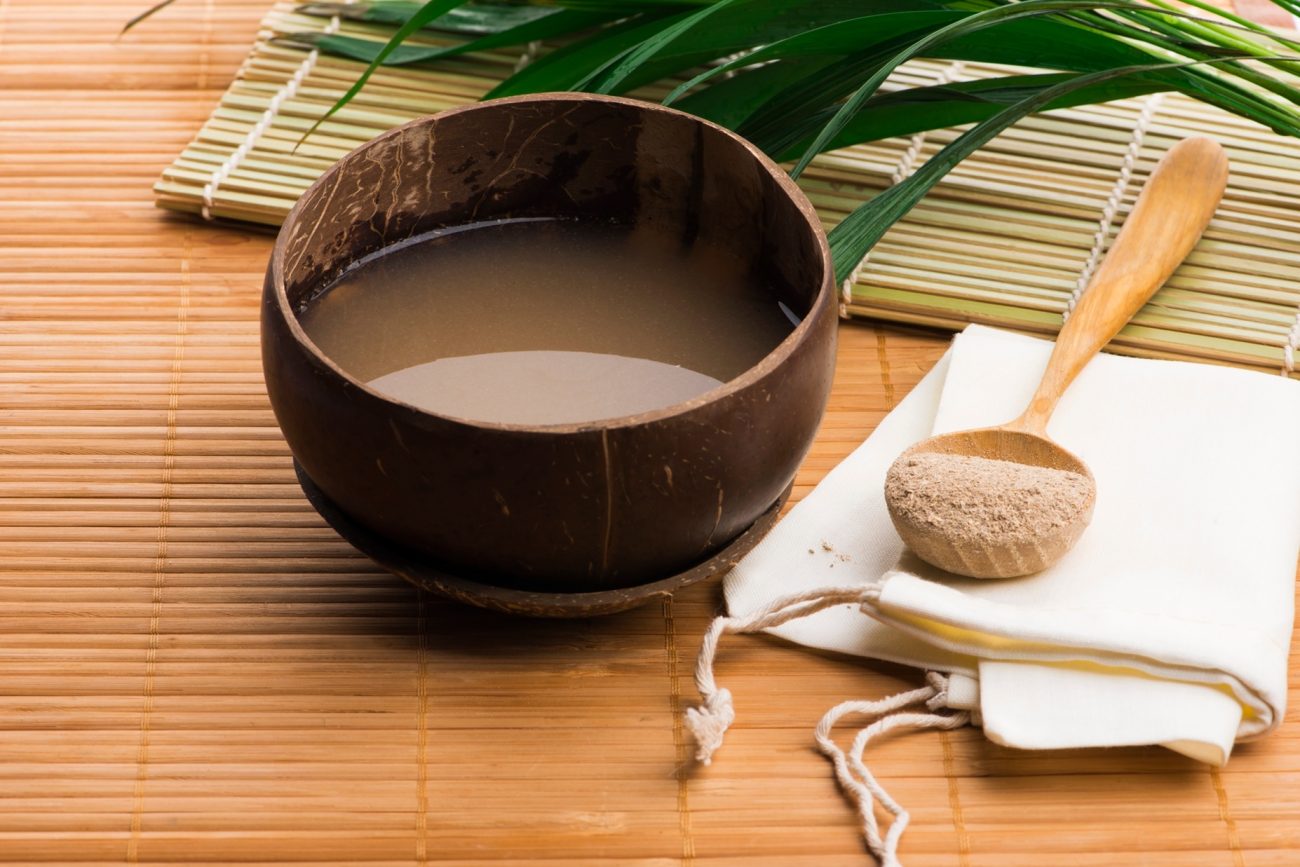
Benefit
The effect of the prohibition order outside Pacific regions and the USA was markedly to restrict the clinical research necessary to update the British EWG negative assessment. Most human studies have been conducted in Australia. The published clinical trials there have demonstrated that kava extracts can reduce anxiety and depression symptoms (8,9,10). One 2004 review concluded that “kava is the only botanical anxiolytic whose efficacy is supported by evidence from a systematic review of randomized placebo-controlled trials (evidence Level 1 of the National Health and Medical Research Council of Australia)” (11). More recent meta-analyses also support kava’s efficacy in reducing anxiety symptoms, although the effect size in cases of generalised anxiety disorder (GAD) is small (12,13).
It is relevant that by definition GAD requires a medical practitioner’s diagnosis, so the new evidence points to benefits appropriate to self-management of mild to moderate anxiety (3) and this may be the most appropriate indication for future kava use (14).
The new clinical trial data do help to fill gaps in the evidence base for efficacy that was initially considered by the EWG, when they found a mismatch between products for which there was benefit and those more widely available.
Further investigations have identified effects on GABA activity in humans (15,16,17). Another review summarises the potentially positive profile of kava in relation to cancer (18), and there are additional pharmacological updates (19,20,21,22).
In relation to the following section, adverse events in clinical trials associated with kava treatment were not significantly different from those associated with placebo.
Risk assessments
In fulfilment of a pledge by UK Ministers to review the 2002 order within two years, the UK medicines regulator, the MHRA, engaged in a public and international consultation. In October 2005, the EWG, having considered the responses and new evidence available at the time, concluded that the prohibition order remained “justified and proportional”. Notably, however, the EWG was concerned that “further structured research into the precise mechanism of hepatoxicity was required and that although the data presented justified the original prohibition, it also raised many new questions.”
The EWG noted a particular link to idiosyncratic hepatoxicity, which may have involved herb-drug interactions: “Although its specific route of metabolism has not been established, it has been found to induce and inhibit a variety of cytochrome P450 isoforms in vitro and, as such, has the potential to be associated with significant herb-drug interactions.” Ultimately, however, the EWG could not identify a mechanism of hepatoxicity for kava: “none of the proposals could account for all of the cases and many of the proposed mechanisms of hepatotoxicity appeared implausible.”
In one significant initiative to update safety data since this incomplete conclusion a Monograph and Therapeutic Compendium (a quality, therapeutic, and safety review) on kava is being produced by the American Herbal Pharmacopoeia. This work includes authorship and peer review by medicinal plant experts, including physicians, pharmacologists, pharmacognosists, and experts in pharmacokinetics, toxicology, and herb–drug interactions.
The monograph is being finalised for publication, but a pre-published draft of the safety section includes the following conclusion. “Based on critical assessments, any direct hepatotoxic potential for kava is rare and idiosyncratic, or confounded with use of other hepatotoxic substances, including medications. Hepatotoxicity was rarely reported when kava was used within its traditional context.”
Finally, the continued availability of kava in Australia has not been accompanied by adverse event signals from the Therapeutic Goods Administration. In 2019, a relative harm assessment concluded that kava was the least dangerous of 22 substances known to be used for their psychoactive effects (23). Nor are there signals emerging from Poisons Units or elsewhere in the USA.
Quality issues
The EWG added “One of the main pieces of data that would have been useful is a systematic evaluation of the Kava products available, with an audit of the source material used. It would be extremely useful to have a more systematic evaluation of the constituents of the various Kava cultivars to try to determine what the differences are and whether or not these constituents have a significant role in hepatotoxicity.”
Since the prohibitions, quality control standards have been developed internationally to ensure proper identity, purity, and quality of traded material. These have been reviewed in a useful 2016 technical report published by the FAO and WHO (24).
Next steps?

In its conclusion to the 2005 EWG re-evaluation the UK MHRA stated it will “review any new evidence that is submitted in relation to the issue of hepatotoxicity suspected to be associated with Kava and will re-evaluate the prohibition of Kava in unlicensed medicines if significant new data are received.”
There does appear to be a case for such a review to consider the regulated release of kava back into the market, with clear quality standards, controlled dosage, and safety advice including its use with other medications. There could be considerable benefits in having an effective self-care option for people in the wider population and workforce who are suffering increasing levels of anxiety.
In response to a recent submission raising these points, the UK MHRA recalled that the 2002 Prohibition Order does not exclude applicants applying for a Traditional Herbal Medicine Registration or a ‘Marketing Authorisation’ (full medicines licence) under The Human Medicines Regulations 2012. In this latest response the MHRA stated: “Should a Traditional Herbal Registration or a Marketing authorisation application for a Kava medicinal product be submitted to the MHRA, safety would be reviewed on an application-specific basis and on the currently available evidence” (25). There is, therefore, no prospect of a general review of kava’s safety in use without a manufacturer making a specific application. In the UK and Europe, food use is also unlikely to be permitted while the medicine bar remains.
Regulation is of course an incomplete measure of public protection or restriction: kava is accessed frequently on the internet, without quality control or information as to its safest use.
References
- Garakani A, Murrough JW, Freire RC, et al (2020) Pharmacotherapy of Anxiety Disorders: Current and Emerging Treatment Options. Front. Psychiatry 11:595584
- Ulbricht C. Basch E, Boon, H et al (2005) Safety review of kava (Piper methysticum) by the Natural Standard Research Collaboration. Expert Opin. Drug Saf. 4, 779–794
- https://tinyurl.com/4j7de38e
- https://tinyurl.com/4ukrs44a
- https://tinyurl.com/tcw7fwwj
- https://tinyurl.com/4bm83re3
- https://tinyurl.com/wewhxncu
- Sarris J, Stough C, Bousman CA, et. (2013) Kava in the treatment of generalized anxiety disorder: a double-blind, randomized, placebo-controlled study. J Clin Psychopharmacol. 33(5): 643-8.
- Sarris J, Kavanagh D, Byrne G, et al. (2009). The Kava Anxiety Depression Spectrum Study (KADSS): a randomized, placebo-controlled crossover trial using an aqueous extract of Piper methysticum. Psychopharmacology, 205, 399-407.
- Sarris J, Byrne GJ, Bousman CA, et al (2020). Kava for generalised anxiety disorder: A 16-week double-blind, randomised, placebo-controlled study. Aust N Z J Psychiatry 54(3): 288-2976
- Jorm AF, Christensen H, Griffith KM, et al. (2004). Effectiveness of complementary and self-help treatments for anxiety disorders. Med J Aust 181: S29-S46
- Oo S, Henderson P, Pak S. (2018). Kava for Generalized Anxiety Disorder: A Review of Current Evidence.. Journal of alternative and complementary medicine, 24 8, 770-78
- Smith K, Leiras C. (2018) The effectiveness and safety of Kava Kava for treating anxiety symptoms: A systematic review and analysis of randomized clinical trials. Complement Ther Clin Pract. 33: 107-117
- Thomsen M. Schmidt M (2021). Health policy versus kava (Piper methysticum): Anxiolytic efficacy may be instrumental in restoring the reputation of a major South Pacific crop. J Ethnopharmacol 268: 113582.
- Cribb L, Sarris J, Savage KM, et al (2023). Effect of kava (Piper methysticum) on peripheral gene expression among individuals with generalized anxiety disorder: A post hoc analysis of a randomized controlled trial. Phytother Res 37:5897-5903.
- Savage K, Sarris J, Hughes M, et al. (2023). Neuroimaging Insights: Kava’s (Piper methysticum) Effect on dorsal anterior cingulate cortex GABA in generalized anxiety disorder. Nutrients 15:4586
- Savage K, Firth J, Stough C, Sarris J. (2018). GABA-modulating phytomedicines for anxiety: A systematic review of preclinical and clinical evidence. Phytother Res 32:3-18.
- Soares RB, Dinis-Oliveira RJ, Oliveira NG. (2022) An Updated Review on the Psychoactive, Toxic and Anticancer Properties of Kava. J Clin Med. 11(14):4039
- White CM. 2018. The Pharmacology, pharmacokinetics, efficacy, and adverse events associated with kava. J Clin Pharmacol 58:1396-405.
- Bian T, Corral P, Wang , et al. 2020. Kava as a clinical nutrient: Promises and challenges. Nutrients 12: 3044
- Meesakul P, Shea T, Wong SX, et al. (2023) Hawaiian plants with beneficial effects on sleep, anxiety, and mood, etc. Pharmaceuticals (Basel) 16:1228
- Zhang W, Yan Y, Wu Y, et al. (2022) Medicinal herbs for the treatment of anxiety: A systematic review and network meta-analysis. Pharmacol Res 179:106204
- Bonomo Y, Norman A, Biondo S, et al. (2019). The Australian drug harms ranking study. Journal of Psychopharmacology 33(7): 759–768
- FAO/WHO (2022) Kava: a review of the safety of traditional and recreational beverage consumption: a technical report (https://tinyurl.com/yrecnu2u)

